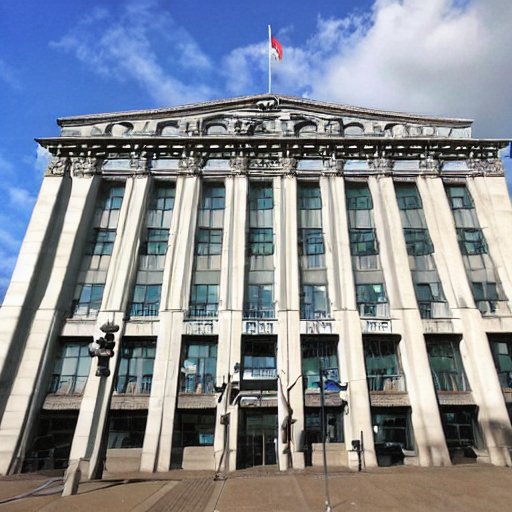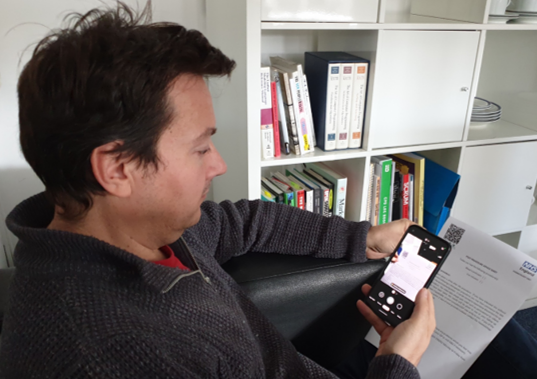
In the public sector, integrating sign language into customer communications can bring about a significant transformation, making interactions more inclusive and accessible to the deaf and hard-of-hearing community. By adopting sign language as a key component of the customer service approach, you uphold your commitment to serving all citizens equitably and ensuring that no one is left behind.
Clear and effective communication is fundamental to delivering public services successfully. Creating an accessible environment where people, including those with hearing impairments, can easily engage with departments enhances understanding, minimises potential miscommunications, and promotes a sense of dignity and respect for all citizens.

Customer-specific correspondence is delivered in sign language, as hyperlinks or QR codes on the web, in email, and even mailed letters.
Mail-merge for sign language delivers BSL versions of personalised correspondence. Supporting your mass-mail and customer-targeted operations, we add a unique QR code to each paper document, or a unique hyperlink to each email, or embed a video in your web portal. The recipient can securely access your communication in British Sign Language and, optionally, as spoken and written English. App-less QR codes inclusively delivers customer correspondence in sign language directly on the customers’ phone.
Incorporating sign language into your customer communications aligns with legal obligations under the British Sign Language Act, the Equality Act, the Health and Social Care Act, and other accessibility regulations. By proactively embracing inclusive practices, you demonstrate your dedication to upholding the rights of every individual, fostering a society that values diversity and inclusivity.
Beyond compliance, the adoption of sign language presents a unique opportunity for UK councils and central government to improve citizen engagement. By catering to the needs of the deaf and hard-of-hearing communities, we build stronger relationships with all citizens and instill confidence in the effectiveness and responsiveness of your public services.
Embracing technology is a crucial aspect of this transformation. Utilising sign language video content on digital and analogue platforms ensures that your services are accessible across various channels, including websites, emails, signage and even posted correspondence. This technological integration not only expands your reach but also demonstrates your adaptability to modern communication preferences.
Integrating sign language into customer communications is a vital step for the public sector: Creating an inclusive and accessible landscape reinforces your dedication to serving all residents with integrity and fairness. Through clear and effective communication, compliance with legal requirements, and the use of technology, local and national government agencies can foster a society where everyone feels valued, heard, and empowered to participate fully in civic life. This transformation sets a positive example for other sectors and reinforces the notion that inclusivity is at the heart of a thriving and cohesive society.
On d/Deaf Awareness, accessibility and sign language
Read articles relating to your department













